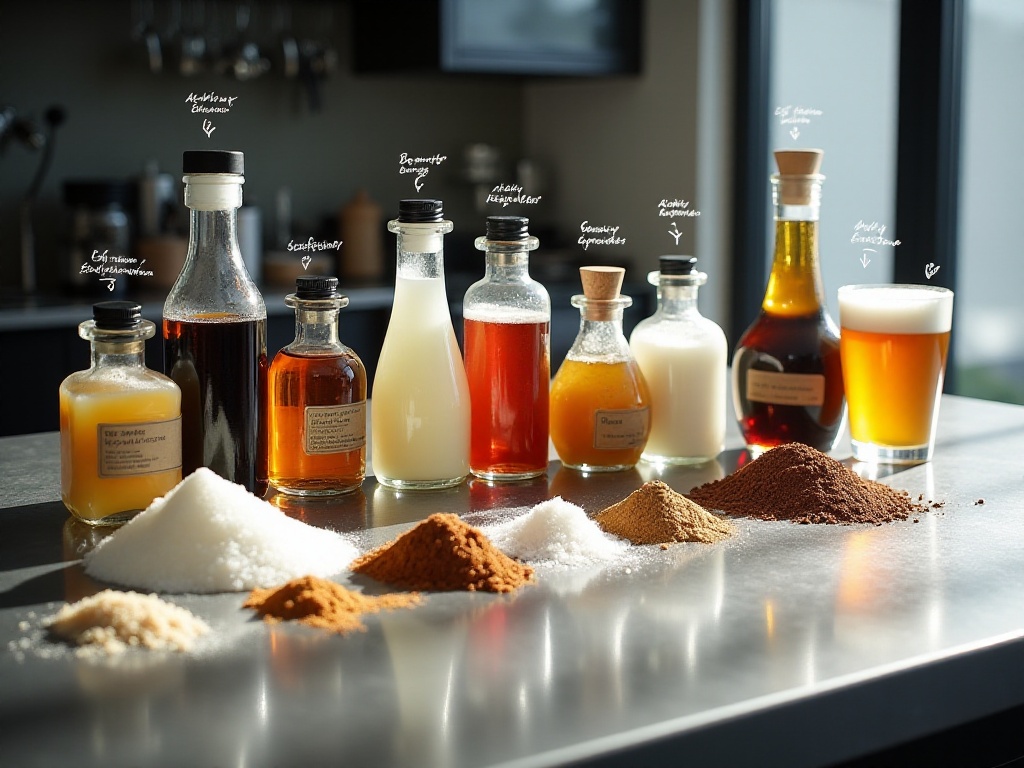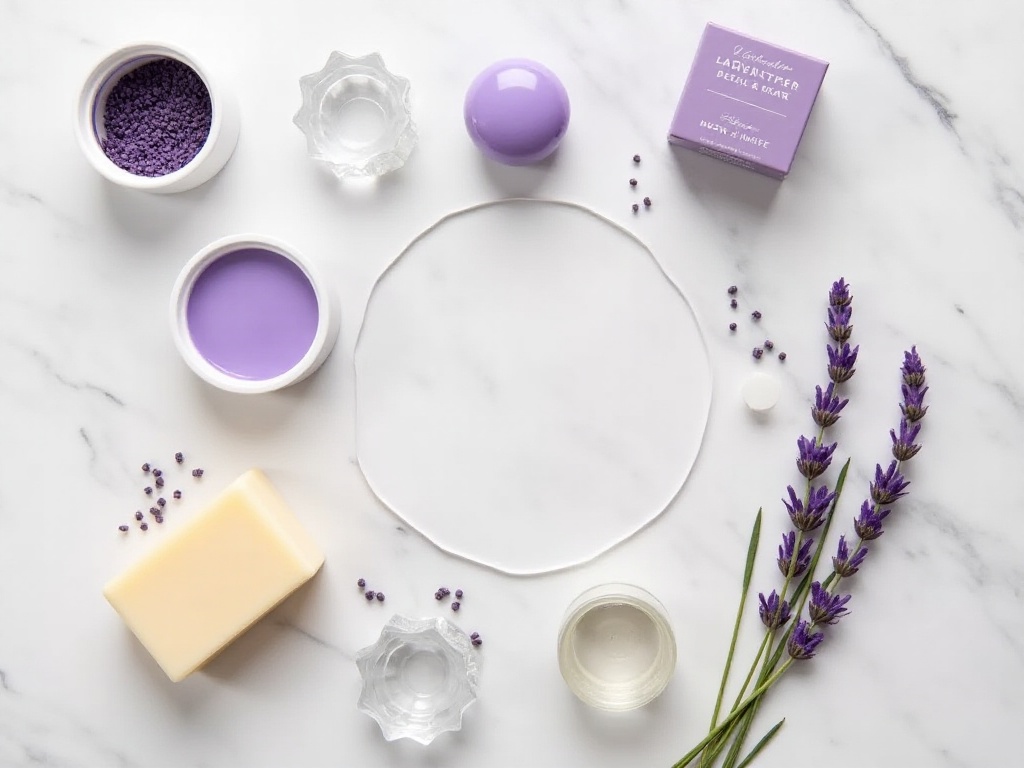Introduction
As a working professional who just moved out on their own, cooking after work is one of the most headache-inducing tasks. Especially when seeing mountains of dishes and messy condiments in the kitchen, I don't even want to step in there. However, eating takeout too often is not only unhealthy but also hard on the wallet. Through exploration and learning over this period, I've finally found some particularly useful kitchen management tips that make cooking super easy and enjoyable every day.
To be honest, when I first started living alone, the kitchen was a nightmare. Every time after cooking, the kitchen looked like it had been hit by a typhoon. I couldn't find the right knife when chopping vegetables or the right seasonings when stir-frying, and by the time the dishes were served, the kitchen was a complete mess. What's more frustrating was finding ingredients spoiled in the refrigerator after just a few days - watching that money go to waste was heartbreaking.
After more than a year of exploration and practice, I've finally transformed from a kitchen disaster to a home expert. Today I'm sharing my personal experiences to help others who are also struggling with kitchen management.
Clean As You Go
To be honest, I used to hate cleaning the kitchen. Facing mountains of dishes after cooking was mentally exhausting just to look at. Later I discovered that you can actually start cleaning during the cooking process. This discovery was a real lifesaver!
For example, while waiting for water to boil, instead of scrolling through videos on your phone, you can clean up tools you've already used. The cutting board and knives can be washed right after chopping vegetables, which not only keeps the counter clean but also prevents bacterial growth. While cooking, during the intervals waiting for ingredients to soften, you can put away used seasonings and throw out garbage.
Now I particularly enjoy doing these tasks during waiting times, feeling especially efficient. And by the time all the dishes are done, the kitchen is basically clean, only needing a quick wipe of the countertop. This method of cleaning as you go not only keeps the kitchen consistently tidy but also makes the entire cooking process smoother.
I remember one time while making soup, I used the cooking time to wash the breakfast dishes I hadn't gotten to and wiped down the seasoning bottles. By the time the soup was ready, the kitchen was completely refreshed. It feels great to use time so efficiently!

Ingredient Preservation
When it comes to preserving ingredients, it's truly a major subject. I used to frequently waste food because I didn't know how to store it properly. After such a long time of exploration, I've summarized some particularly useful tips.
First is the troublesome avocado. Previously, the uneaten half would turn black by the next day, looking very unappetizing. Later I discovered that if you squeeze a few drops of lemon juice on the cut surface, wrap it in plastic wrap, and put it in the refrigerator, it's still green the next day. This method is simply magical! It turns out the vitamin C in lemon juice can inhibit oxidation, no wonder it keeps the avocado's color.
Vegetable storage also requires attention to detail. After buying lettuce and greens, I first wash them clean, then dry them with kitchen paper and store them in containers. This not only keeps them fresh but also makes them convenient to use. For easily spoiled garnishes like cilantro and scallions, I chop them up and freeze them in ice cube trays with olive oil. This not only extends their shelf life but also adds more fragrance when you throw the cubes directly into the wok while cooking.
Fruit storage also has its tricks. For strawberries, don't wash them right after buying - first remove any spoiled ones, then store them in containers in the refrigerator. Wash them only when you're ready to eat. This prevents mold growth from excess moisture.
Meat storage is especially crucial. I divide meat into portions for each use, package them in storage bags, and freeze them. When needed, I move them to the refrigerator to thaw a day ahead. This is not only convenient but also prevents quality deterioration from repeated thawing.

Space Layout
Initially, my kitchen was just a storage room with things piled up everywhere, requiring a thorough search every time I needed something. Later, I reorganized the kitchen into three zones: prep area, cooking area, and storage area. This division made the entire cooking process suddenly much smoother.
In the prep area, I placed a dedicated spice rack holding various seasonings. The most frequently used items like soy sauce, oyster sauce, and salt are placed in the most accessible positions. Cutting boards and knives are also kept here, eliminating the need to run back and forth while chopping vegetables.
The cooking area centers around the stove. I hung a utensil rack next to the stove with various cooking tools hanging on it, making them very convenient to use. I also keep a set of seasonings here, so I don't have to run to the prep area while cooking.
The storage area is mainly for dishes and containers. I bought a multi-tier dish rack to organize bowls, plates, chopsticks, and soup spoons. Storage containers are also categorized by size, making them easy to find.
This layout design makes my cooking movements very smooth, and I no longer need to search everywhere for things like before. Plus, each area is equipped with appropriate cleaning supplies, allowing me to maintain cleanliness at all times.

Storage Tips
When it comes to storage, I have quite a few secret techniques to share. First is making good use of transparent storage containers - these are truly storage lifesavers! I put various dry goods and snacks in transparent containers, making it easy to see what's inside at a glance, preventing duplicate purchases.
Seasoning storage is a key point. I bought a multi-tier rotating spice rack and organized various seasonings by frequency of use. The most frequently used ones are placed on the outer layer, accessible with one turn. Less frequently used spices and sauces are stored in the inner layers. This not only saves space but also makes finding things very quick.
Pot storage also requires technique. I installed a pull-out rack in the cabinet where pots can be stored vertically. This not only saves space but also makes retrieval very convenient. Frying pans, woks, and soup pots are all neatly arranged, looking very satisfying.
For small tools, I use drawer dividers to organize measuring spoons, can openers, peelers, and other small items. Each tool has its designated spot, just return them after use, and they no longer pile up in a mess.

Reflections
Through this period of practice, I've truly experienced how much a clean and organized kitchen can change your life. I used to think cooking was particularly troublesome, but now it's become the most anticipated moment of each day.
Cooking in a well-organized kitchen improves your mood significantly. No more worrying about not finding things or wasting ingredients. Every tool and ingredient has its place, making everything handy and efficient.
Most importantly, these changes have increased my interest in cooking. Now I often try new recipes because I know the kitchen won't become chaos no matter what I cook. And because everything is properly stored and easy to find, trying new dishes isn't overwhelming.
I remember feeling it was particularly troublesome when first making these changes. Having to put everything away immediately after use seemed like a hassle. But after persisting for a while, these good habits became natural. Now I actually feel uncomfortable seeing things left out of place.
This change isn't just reflected in the kitchen environment, but also affects my quality of life. Because the kitchen has become more user-friendly, I'm more willing to cook at home, saving money and eating healthier. Moreover, there's always a special sense of achievement in home-cooked meals - seeing family and friends enjoy the food brings a satisfaction that takeout can never match.
Actually, creating an ideal kitchen space isn't difficult; the key is patience and persistence. Start with small changes, gradually develop good habits, and you'll find kitchen management can be a particularly interesting thing.
I hope these experiences can provide some inspiration. Everyone's kitchen situation is different, so adjust according to your actual circumstances. The most important thing is finding methods that suit you and making cooking become an easy and enjoyable activity.
Do you have any unique kitchen management tricks? Or have you encountered any problems in practice? Welcome to share and discuss together, let's create ideal cooking spaces together!








